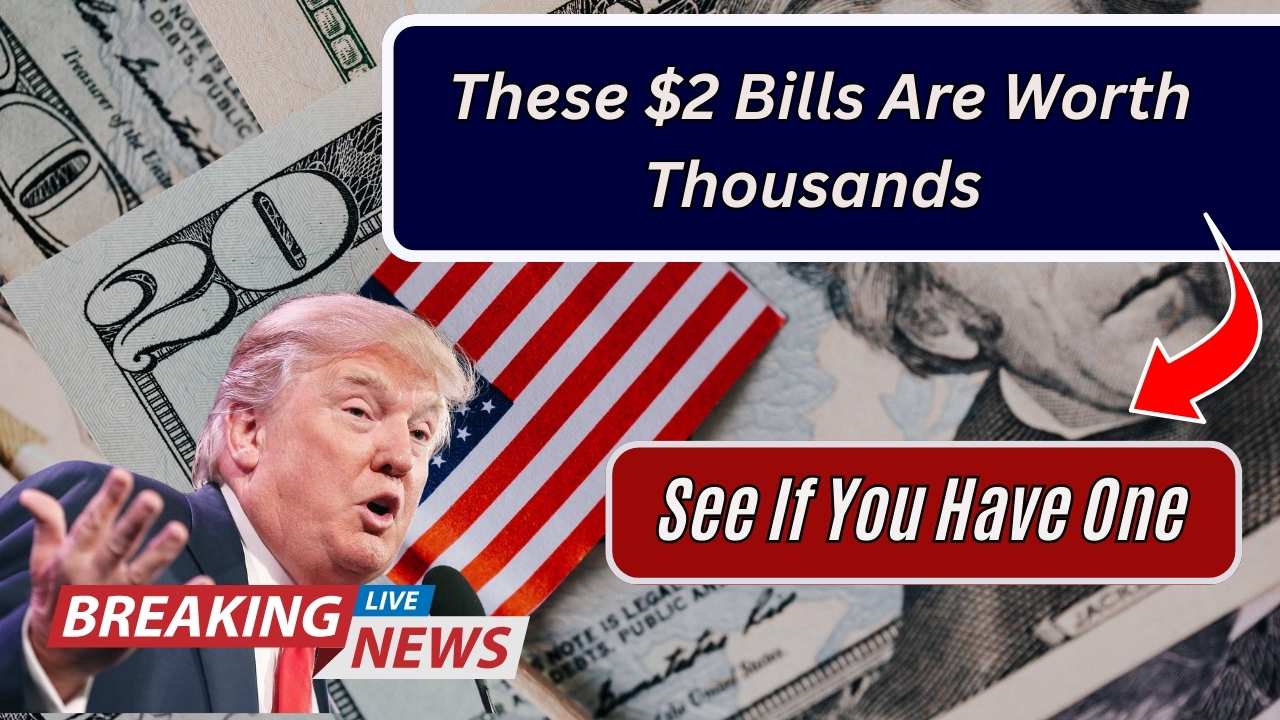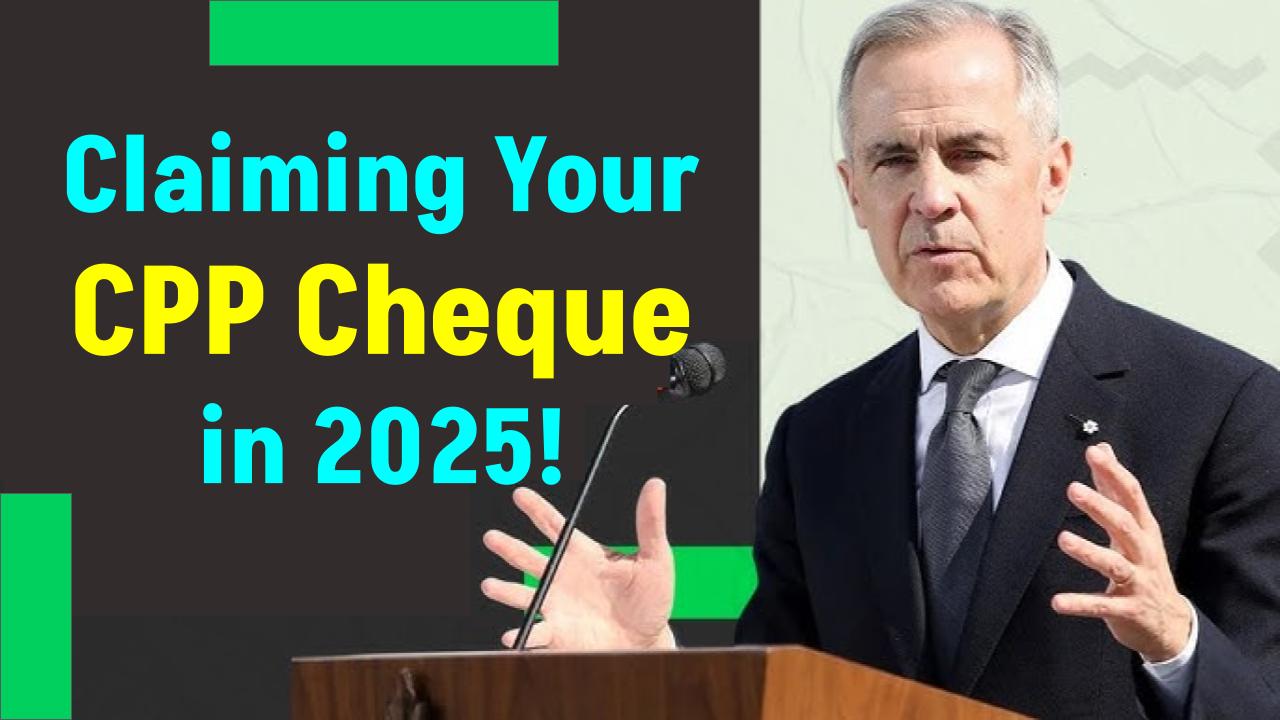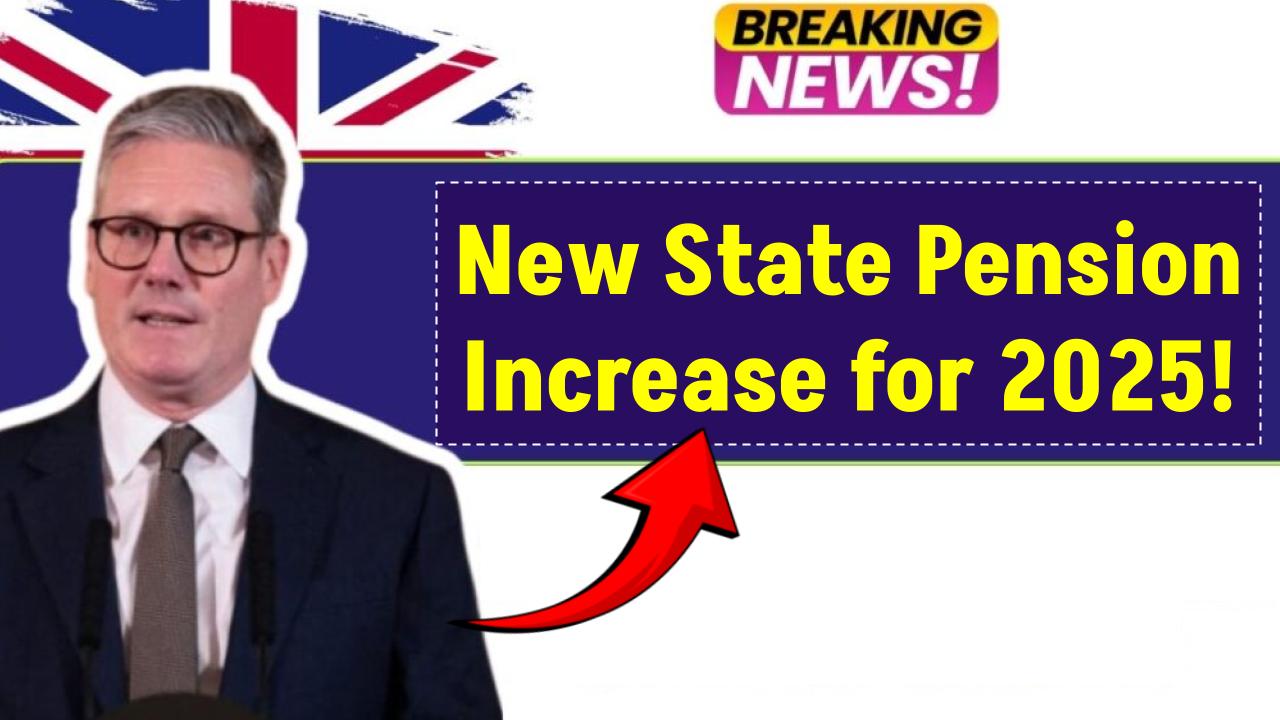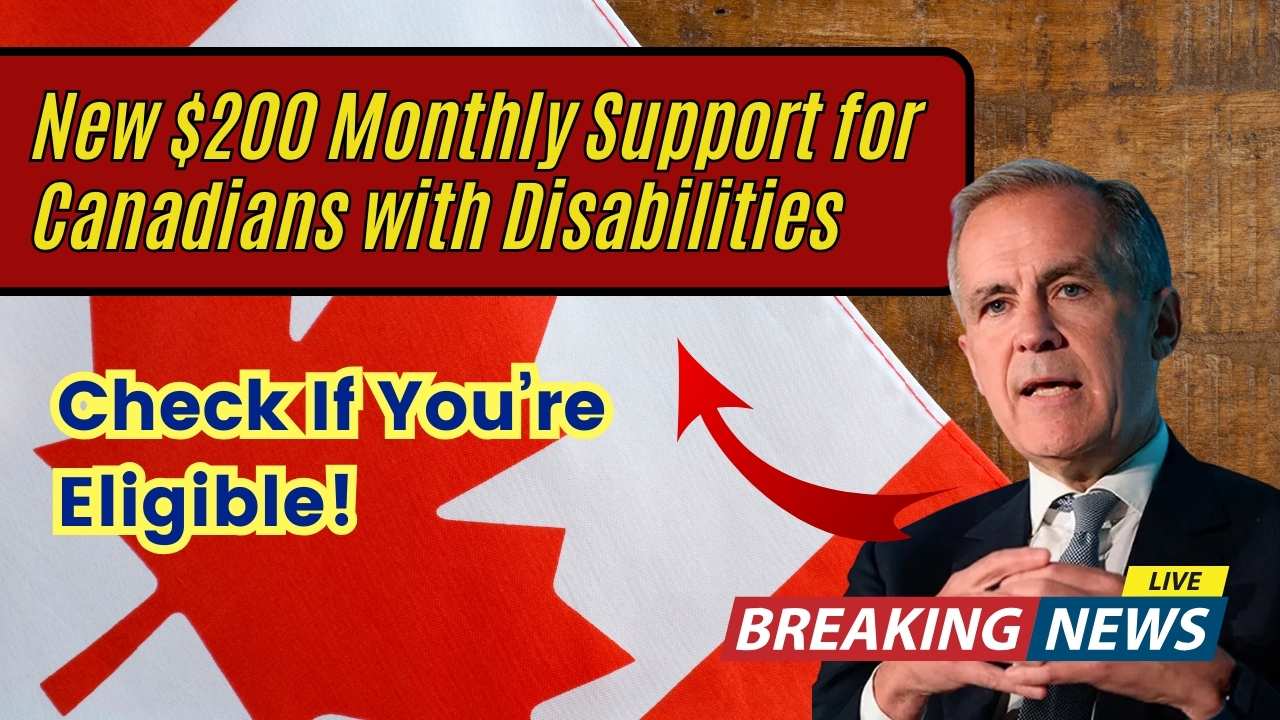Student Loans and Social Security Collide Under Trump: What Borrowers Must Know in 2025
Student Loans and Social Security Collide: The Trump administration’s latest move to resume aggressive student loan debt collection from May 5, 2025 is raising eyebrows and alarms across the country. For millions of Americans, especially seniors and low-income earners, this policy change could lead to wage garnishments, Social Security benefit reductions, and intercepted tax refunds.
The Department of Education confirmed that it will restart collection activities that had been paused since March 2020 due to the COVID-19 pandemic. This includes the Treasury Offset Program, which allows the government to seize tax refunds and withhold up to 15% of Social Security checks to cover unpaid federal student loans.

Student Loans and Social Security Collide
| Topic | Details |
|---|---|
| Policy Change | Aggressive student loan collection resumes May 5, 2025 |
| Affected Borrowers | Approx. 5.3 million in default before COVID pause |
| Methods of Collection | Wage garnishment, tax refund seizures, Social Security offsets |
| New Restrictions | SAVE plan suspended, PSLF eligibility narrowed |
| Official Website | studentaid.gov |
The Trump administration’s decision to resume student loan collections through tax refund seizures, Social Security offsets, and wage garnishments represents a major shift in federal debt policy. Millions of borrowers—especially seniors and low-income workers—must act now to understand their loan status and take steps to avoid harsh consequences. With fewer support staff and stricter rules, proactive financial planning is more crucial than ever.
What’s Changing and Why It Matters
Resumption of Collections
Roughly 5.3 million borrowers who were already in default prior to the pandemic will now face renewed collection measures. This includes wage garnishments, which will begin after the legally required 30-day notice period, as reported by Politico.
Treasury Offset Program
The Treasury Offset Program (TOP) will be fully reinstated. Through this, the federal government can seize tax refunds and Social Security benefits to recover delinquent student loan payments.
Policy Reversals and PSLF Changes
Several relief efforts implemented in recent years are now being rolled back. The administration is halting student loan forgiveness under the SAVE income-driven repayment plan, which is currently under a legal block. Moreover, a recent executive order limits eligibility for Public Service Loan Forgiveness (PSLF) by disqualifying organizations involved in legally questionable activities.
Education Department Restructuring
Massive staffing cuts have hit key offices like Federal Student Aid and Office for Civil Rights. The administration is also considering outsourcing federal loan management to agencies like the Small Business Administration, sparking concerns about oversight and borrower support.
What This Means for Borrowers
Impact on Social Security Recipients
Seniors depending on fixed income could see up to 15% of their Social Security benefits withheld. According to MarketWatch, this is likely to cause serious financial strain for retirees.
Tax Refunds and Wages at Risk
Borrowers expecting tax refunds this year may be disappointed, as the IRS is expected to begin offsetting refunds in coordination with the Department of Education. Wage garnishments will also return, especially for private-sector workers.
Student Loans and Social Security Collide: How to Exit Default?
There are two main ways to exit default:
- Loan Rehabilitation – Make 9 voluntary, reasonable payments within 10 months.
- Loan Consolidation – Consolidate defaulted loans into a new Direct Consolidation Loan and agree to income-driven repayment.
Limited Access to Help
Due to staff reductions and administrative reshuffling, borrowers may face longer wait times and limited assistance. Experts suggest keeping copies of all communication and being proactive in resolving default issues.
Expert Advice for Navigating This Change
Check Your Status Now
Go to studentaid.gov and log in to see if your loans are in default. If they are, look for options like rehabilitation or consolidation before collections resume.
Avoid Scams
When collection activities ramp up, scammers often take advantage. Stick to official communication from loan servicers or the Department of Education. Never pay upfront fees to third-party “debt relief” companies.
Consider Financial Counseling
If you’re nearing retirement or already on a fixed income, speak to a nonprofit financial counselor. They can help you budget and deal with the loss of benefits.
FAQs on Student Loans and Social Security Collide
Will my Social Security check be garnished?
If you’re in default on federal student loans, yes — up to 15% of your monthly Social Security benefit can be withheld.
How do I know if I’m in default?
Check your loan status at studentaid.gov. Default typically occurs after 270 days of non-payment.
Can I still apply for forgiveness?
Only in limited cases. With the SAVE plan blocked and PSLF narrowed, options are restricted. Check the current program eligibility online.
What if I’m already in repayment and not in default?
Then these changes do not apply to you. Continue making regular payments under your repayment plan.
Who can help me with my loans?
Use the official servicers listed at studentaid.gov. Avoid third parties claiming to “cancel” debt for a fee.








